China Tightens Futures Market Oversight with New Rules on Brokerage Ratings and Algorithmic Trading
In a move that signals China's increasing emphasis on risk management and market integrity, the China Securities Regulatory Commission (CSRC) has released two major regulatory initiatives aimed at strengthening oversight over the country's futures market. These include a revised classification framework for futures brokers and newly issued rules governing algorithmic trading.
While both initiatives reflect long-standing goals of promoting transparency and safeguarding financial stability, they also offer international market participants valuable insights into the direction of China's regulatory policy and the operational expectations for cross-border engagement with Chinese futures institutions.

A Sharper Lens on Brokerage Risk Profiles
On June 13, the CSRC published a draft revision of the “Futures Company Classification Evaluation Measures” for public consultation. This 44-article regulation updates the existing broker rating framework in light of evolving market conditions and industry practices.
Key updates include:
Refined Penalty Criteria: The draft offers more explicit benchmarks for downgrading firms, enabling regulators to react more swiftly to compliance failures or excessive risk-taking.
Streamlined Evaluation Process: To reduce administrative burden, the proposed rules simplify procedures while preserving essential supervisory rigor.
Rebalanced Incentives: The amendment retools the bonus point system, aiming to reward firms that demonstrate superior compliance, robust risk control, and effective service to the real economy.
According to the CSRC, these revisions are designed to enhance the precision of regulatory resource allocation and to foster a market environment where futures companies are “compliant, focused, and service-oriented.”
For international investors and counterparties, a more transparent and risk-based evaluation mechanism can help in assessing the creditworthiness and operational robustness of Chinese brokerage partners. Notably, this may also pave the way for differentiated access conditions in joint ventures and foreign-invested entities in China's futures market.
Comprehensive Rules for Algorithmic and High-Frequency Trading
In tandem with the brokerage rating reform, the CSRC also unveiled the final version of the “Provisions on the Management of Programmatic Trading in the Futures Market (Trial)”, which will come into effect on October 9, 2025.
This 37-article rulebook represents the country's first comprehensive attempt to regulate the full lifecycle of algorithmic trading, including high-frequency trading (HFT), in the futures markets. It is framed within the broader legal architecture of the Futures and Derivatives Law and the State Council's 2024 policy directive (Guo Ban Fa [2024] No.47)on market risk prevention.
Highlights of the provisions include:
Pre-Trade Reporting: All algorithmic traders must file detailed reports with the relevant futures exchanges and await confirmation before initiating trading activities.
System Risk Controls: Brokers and traders must conduct rigorous testing of trading systems and are prohibited from engaging in behavior that compromises the security or stability of exchange systems.
Hosting and Seat Management: The regulation introduces a formal server hosting information reporting system and mandates equitable allocation of hosting resources by exchanges and brokers.
Real-Time Surveillance and Risk Response: Futures companies are required to monitor algorithmic strategies in real time and respond swiftly to anomalies. Exchanges must establish mechanisms to detect and address suspicious trading patterns.
Multi-tiered Supervision: Regulatory oversight will be shared across the CSRC, its local offices, futures exchanges, and the China Futures Association, ensuring both administrative enforcement and industry self-regulation.
By anchoring these rules in both legal mandates and technical safeguards, the CSRC aims to preserve market fairness while allowing room for innovation. The inclusion of explicit definitions of algorithmic and HFT activity, a first in China's regulatory history, also provides greater legal certainty for foreign market participants leveraging quantitative strategies.
Expert Views
Regulatory experts have noted the dual-track approach—combining incentive-based classification with behavior-based oversight of trading systems—as an increasingly common pattern in modern financial supervision.
Dr. Wang Feng, a senior researcher at the China Academy of Financial Regulation, remarked that:
“These rules strike a balance between market development and systemic risk containment. They not only reinforce the CSRC's supervisory toolkit but also reflect China's ambition to evolve into a mature, globally integrated derivatives market.”
From an international legal standpoint, Michael Ng, a Hong Kong-based partner at a global law firm specializing in cross-border financial regulation, observed:
“Foreign institutions engaging with China's futures markets will welcome the clarity these rules provide, but they must now invest in compliance infrastructure that is both technically robust and locally aligned.”
As China's capital markets become increasingly open and complex, such reforms indicate a deepening commitment to institutionalizing rule-of-law governance, improving market discipline, and aligning more closely with global standards. For non-Chinese firms, the takeaway is clear: those who understand and adapt swiftly to the evolving regulatory architecture will find themselves better positioned to thrive in the world's second-largest derivatives market.








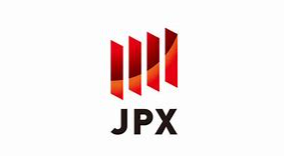
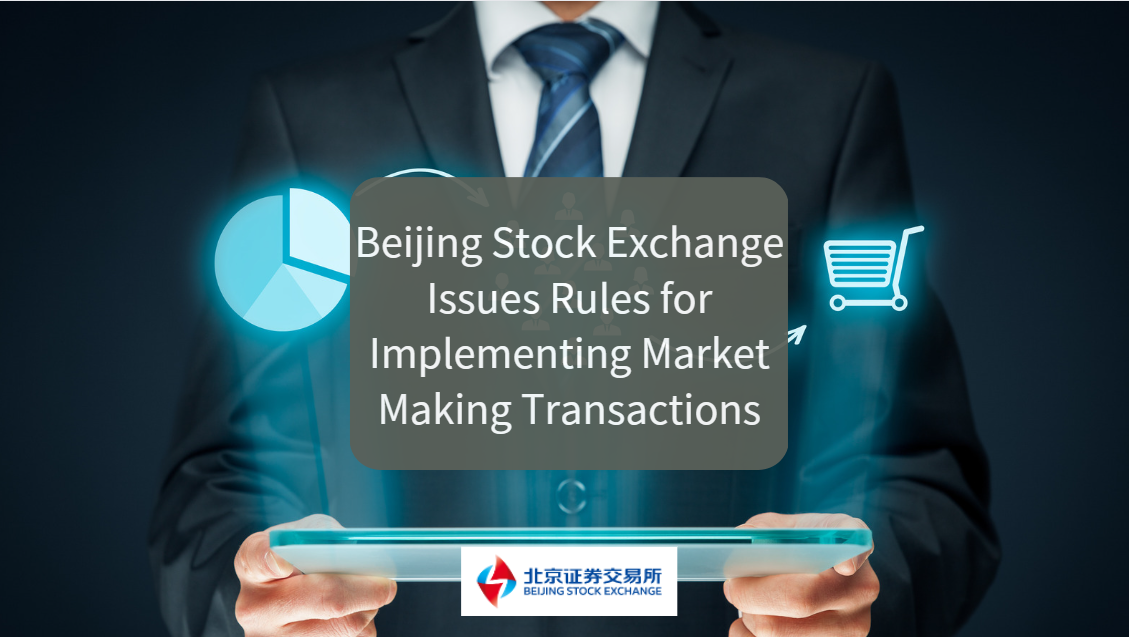
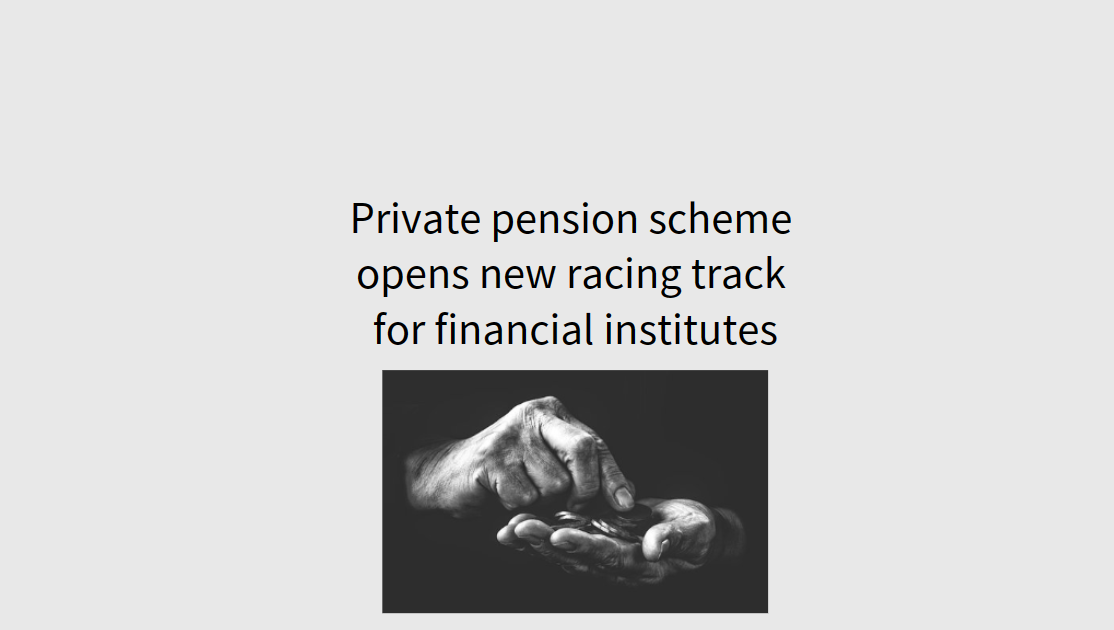




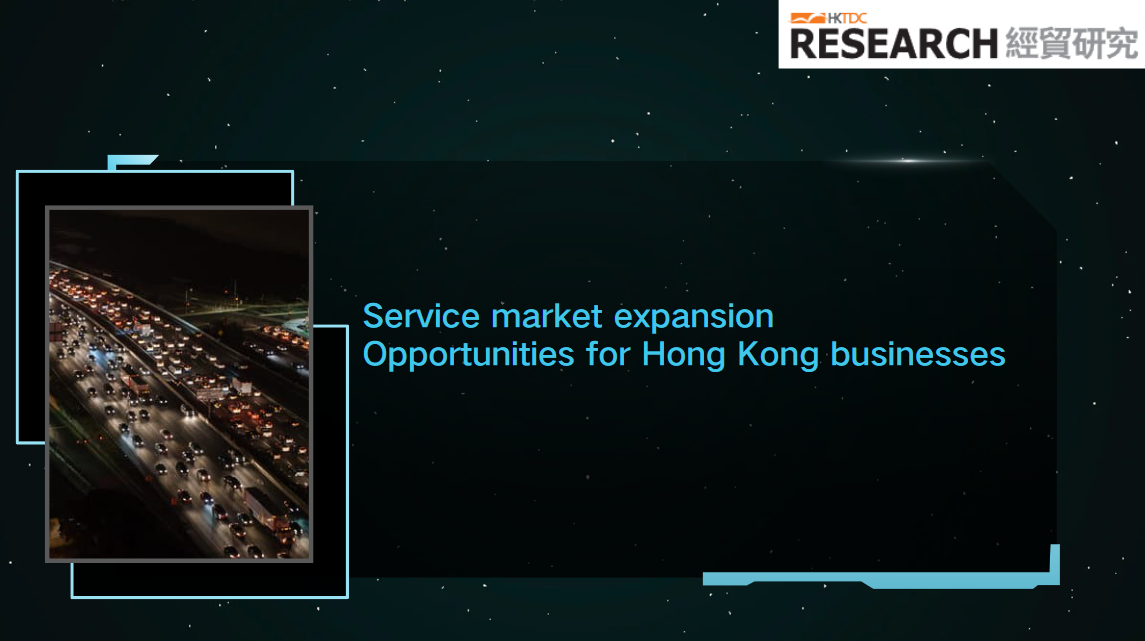
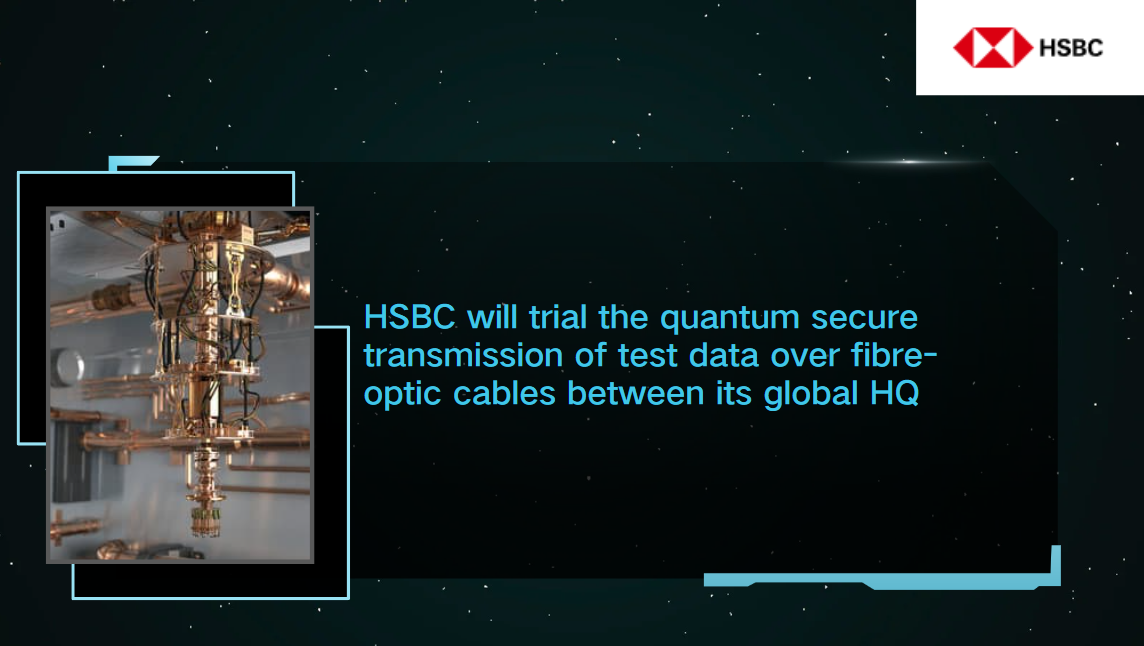
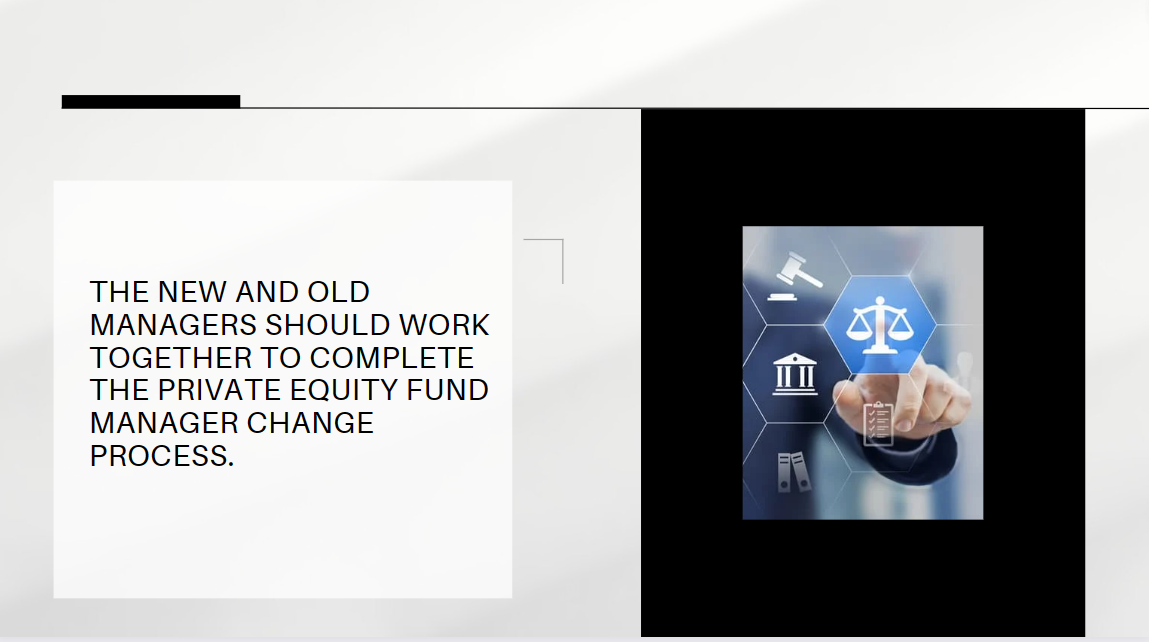

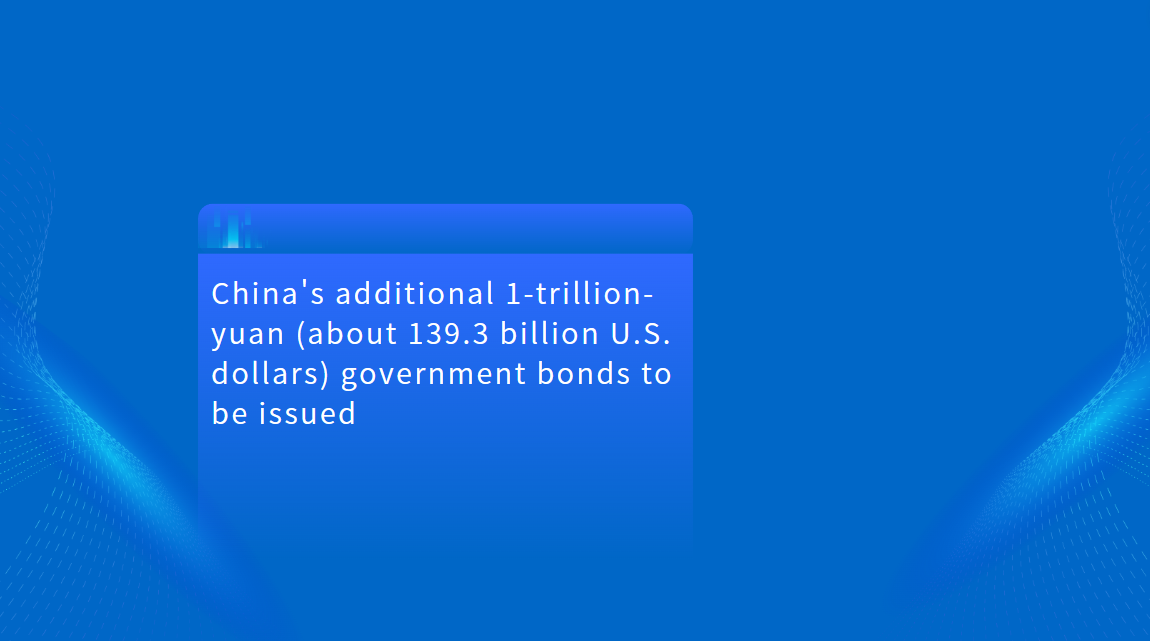


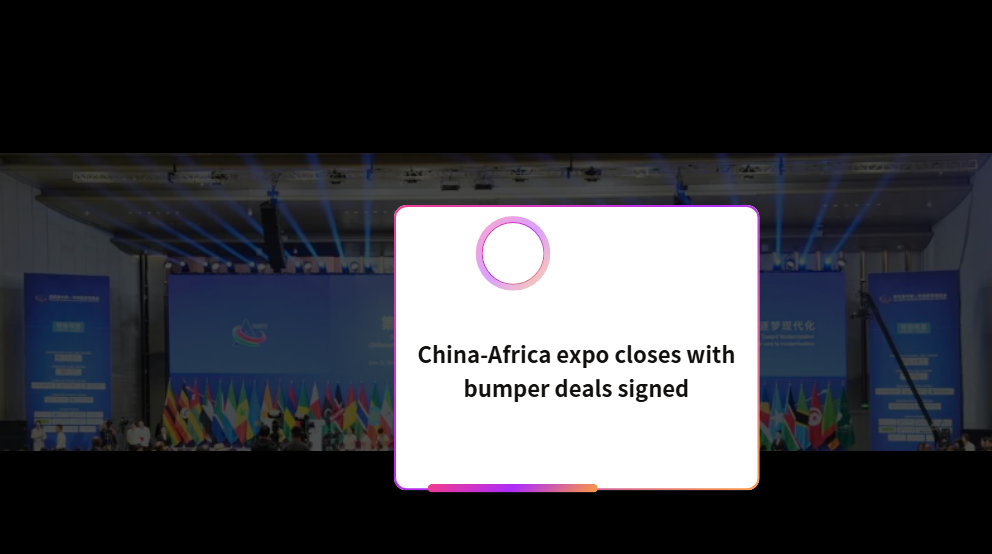






























First, please LoginComment After ~